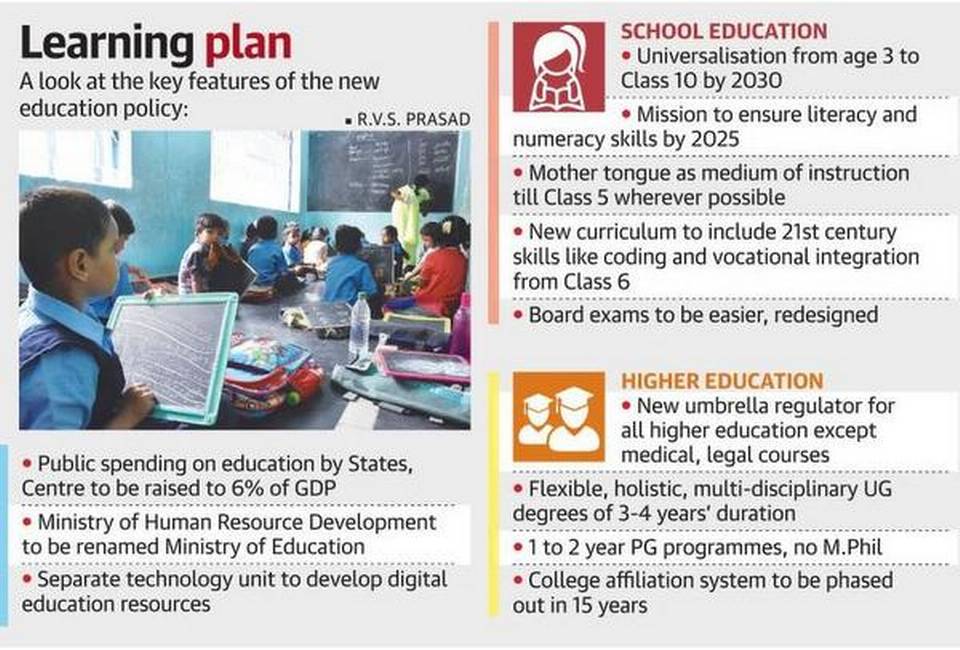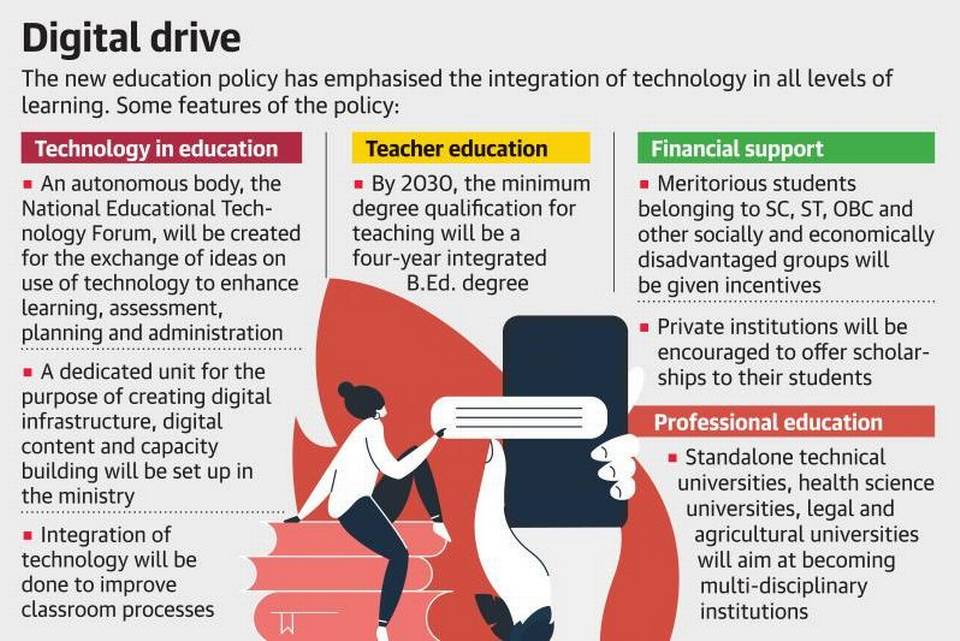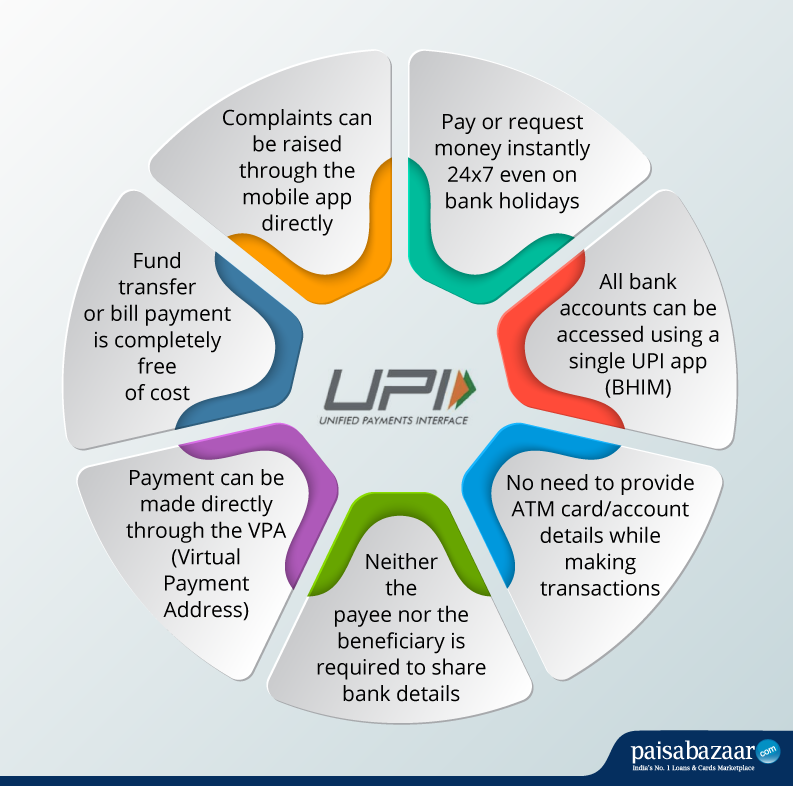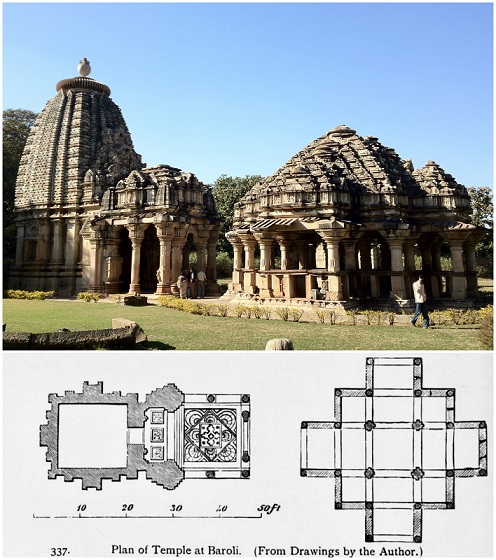Contents
- Reading into the NEP 2020
- NPCI Caps UPI Transactions
- AIIB on India’s project proposals
- Natesa of Rajasthan temple returns to India
- Tocilizumab fails addressing COVID-19 pneumonia
READING INTO THE NEP 2020
Focus: GS-III Environment and Ecology, Prelims
Why in news?
The new National Education Policy was approved by the Union Cabinet, to introduce four-year undergraduate degrees with multiple entry and exit options, abolish the M.Phil. degree, and establish a common higher education regulator with fee fixation for both private and public institutions.
Click Here to read about the NEP 2020 proposals (1st Article)
Language issues
- Language issues caused an outrage in some states regarding the original draft which had called for mandatory teaching of Hindi to all school students.
- Now, that clause has been dropped and the final policy document makes it clear that “there will be a greater flexibility in the three-language formula, and no language will be imposed on any State.
- The three languages learned by children will be the choices of States, regions, and of course the students themselves, so long as at least two of the three languages are native to India.
- Sanskrit will be offered as an option at all levels of school and higher education.
- As education was a concurrent subject, with most States having their own school boards, State governments would have to be brought on board for actual implementation of this decision.
- A National Mission on Foundational Literacy and Numeracy will ensure basic skills at the Class 3 level by 2025.
- Students will begin classes on coding as well as vocational activities from Class 6 onwards.
- Indian knowledge systems, including tribal and indigenous knowledge, will be incorporated into the curriculum in an accurate and scientific manner, said the policy.

Easier exams, no cramming
- Class 10 and 12 board examinations will be made easier, to test core competencies rather than memorised facts, with all students allowed to take the exam twice.
- School governance is set to change, with a new accreditation framework and an independent authority to regulate both public and private schools.
- A broad framework will be set up to regulate fee fixation for private players as well.
More holistic
- Undergraduate education is to become more holistic and multi-disciplinary, with four-year Bachelors with Research degrees set to become the norm, although students who drop out at earlier stages will receive lesser qualifications as well.
- The M.Phil degree is being scrapped.
- The college affiliation system is being phased out over the next 15 years, so that every college develops into either an autonomous degree-granting institution, or a constituent college of a university.
- There is a new focus on technology in education in the wake of the COVID-19 pandemic, and the policy recommends expansion of digital offerings for both schools and universities.

-Source: The Hindu, Times of India
NPCI CAPS UPI TRANSACTIONS
Focus: GS-III Indian Economy
Why in news?
National Payments Corp. of India (NPCI) has capped the number of Unified Payments Interface (UPI) transactions that payment apps such as Google Pay and PhonePe and their partner banks can execute
Why was this done?
The capping of UPI payments is an attempt to limit the damage to the payments ecosystem in case one of their systems collapses.
Details
- NPCI said that payment apps will hit the limit if they exceed 50% of all UPI transactions in the first year of the implementation of the rules, 40% in the second year and 33% from third year onwards.
- NPCI will trigger warnings to payment apps and sponsor banks if they near the threshold. In case of a breach of the mandated threshold, NPCI will start penalising payment firms and banks, and ask them to stop onboarding new customers with immediate effect.
Impact
- This move is expected to hurt payment apps such as Google Pay, which commands a 42% market share, and Flipkart-owned PhonePe, which has a 35% share, the most.
- It is also likely to influence WhatsApp’s payment offering, which has been running pilots for over two years and is awaiting approval from the RBI.
- UPI is a completely open and interoperable ecosystem by design and there is no barrier to entry to new entrants at all, with new players entering every day.
Unified Payments Interface (UPI)
- Unified Payments Interface (UPI) is a system that powers multiple bank accounts into a single mobile application (of any participating bank), merging several banking features, seamless fund routing & merchant payments into one hood.
- Advantages of UPI Includes – Immediate money transfer through mobile device round the clock 24*7 and 365 days.
- UPI Enables Single mobile application for accessing different bank accounts with Single Click 2 Factor Authentication – Aligned with the Regulatory guidelines yet provides for a very strong feature of seamless single click payment.
- It also features Virtual address of the customer for Pull & Push providing for incremental security with the customer not required to enter the details such as Card no, Account number; IFSC etc.

-Source: Hindustan Times
AIIB ON INDIA’S PROJECT PROPOSALS
Focus: GS-II International relations
Why in news?
The China-backed Asian Infrastructure Investment Bank (AIIB) said it will function as an “apolitical” institution and will continue to support projects in India.
Details
- India has received the most funding of any country from the bank.
- India was among the AIIB’s 57 founding members in 2016 and is also its second-largest shareholder with around 8% of voting shares (China is the largest with more than 25%).
- AIIB president assured that the management will look at the proposed projects from the economic and financial point of view and not with a political view.
- The bank has supported several projects under the BRI framework, but is not formally linked to the plan.
Recently in news:
The latest loan for India was for $750 million, to support vulnerable households impacted by COVID-19 – which came two days after the clash in Galwan Valley in Ladakh along the India-China border.
Asian Infrastructure Investment Bank (AIIB)
- The Asian Infrastructure Investment Bank (AIIB) is an international financial institution proposed by China. The purpose of the multilateral development bank is to provide finance to infrastructure projects in the Asia-Pacific region.
- It is headquartered in Beijing.
- It commenced operations in January 2016.
- By investing in sustainable infrastructure and other productive sectors today, it aims to connect people, services and markets that over time will impact the lives of billions and build a better future.
Click Here to read more about the AIIB
-Source: The Hindu
NATESA OF RAJASTHAN TEMPLE RETURNS TO INDIA
Focus: GS-I Art and Culture, Prelims
Why in news?
A long-pending case of idol theft finally saw an important development as Natesa, a rare sandstone idol in the 9th century Prathihara style of Rajasthan, is returning to India after 22 years.
Details
- The Natesa icon, currently at the Indian High Commission, London, was originally from the Ghateswara Temple, Baroli, Rajasthan.
- The sandstone Natesa figure stands tall at almost 4 ft. in a rare and brilliant depiction of Shiva in the late 9th century Prathihara style of Rajasthan.
- A beautiful depiction of Nandi is shown behind the right leg of the Natesa icon.
The Theft (Not important, just an interesting read)
- The statue was stolen in 1998 and based on an expose in a book the Rajasthan Police opened an investigation into one Vaman Ghiya’s Operation Blackhole.
- Ghiya was arrested in 2003, standing accused of having stolen 20,000 pieces of art and laundering them.
- Ghiya was eventually acquitted by the High Court, partially because India had not repatriated even a single piece of art allegedly smuggled abroad by Ghiya.
Prathihara style
Gurjara-Pratihara dynasty
- The Gurjara-Pratihara dynasty was an imperial power during the Late Classical period on the Indian subcontinent, that ruled much of Northern India from the mid-8th to the 11th century.
- They ruled first at Ujjain and later at Kannauj.
- The Gurjara-Pratiharas were instrumental in containing Arab armies moving east of the Indus River.
Their Style
- Gurjara-Pratihara are known for their sculptures, carved panels and open pavilion style temples.
- The greatest development of their style of temple building was at Khajuraho, now a UNESCO World Heritage Site.
- Baroli temples complex are eight temples, built by the Gurjara-Pratiharas, is situated within a walled enclosure. All nine temples are under the control of the Archaeological Survey of India for conservation and protection.

-Source: The Hindu
TOCILIZUMAB FAILS ADDRESSING COVID-19 PNEUMONIA
Focus: Prelims, GS-III Science and technology
Why in news?
Tocilizumab, a drug that was recommended by the Indian Council for Medical Research (ICMR) for emergency use in coronavirus (COVID-19) patients, has been found to be ineffective in reducing the associated pneumonia.
Details
- Though unproven, a rise in cases and mortality translated into a global scamper for the drug.
- There was high demand for it in India too with stocks running out at pharmacists and reports that it was being blackmarketed.
- Originally developed for rheumatoid arthritis, Actemra/RoActerma, the brand name under which the drug is sold, was first approved by the United States’ Food and Drug Administration to be tested.
- The primary aim was to check if the drug, which is given intravenously, improved health or reduced mortality when compared to standard of care treatment.
- Tocilizumab works by suppressing the action of a pro-inflammatory chemical that the immune system relies on to recruit a host of cells that can destroy the Sars-Cov-2 virus.
- However, an excess of this commandeering can damage healthy cells and even kill the patient.
-Source: The Hindu





